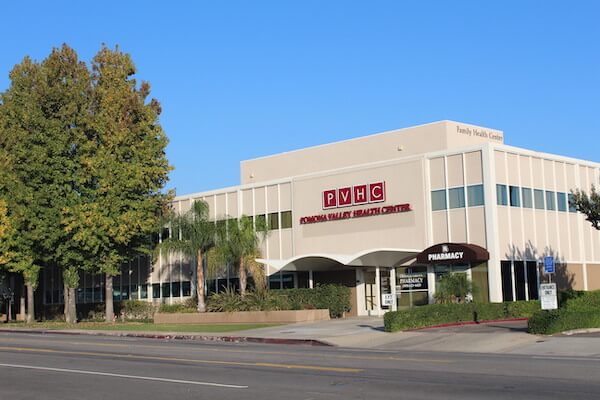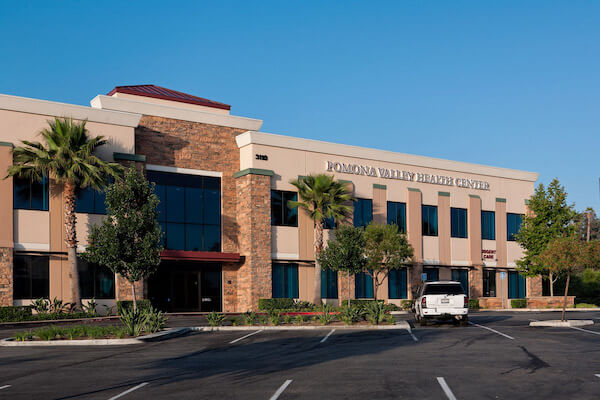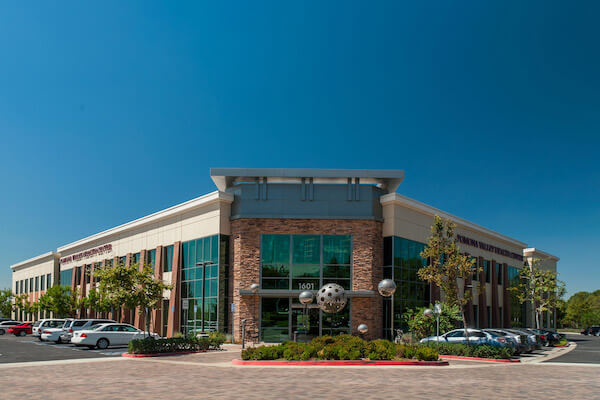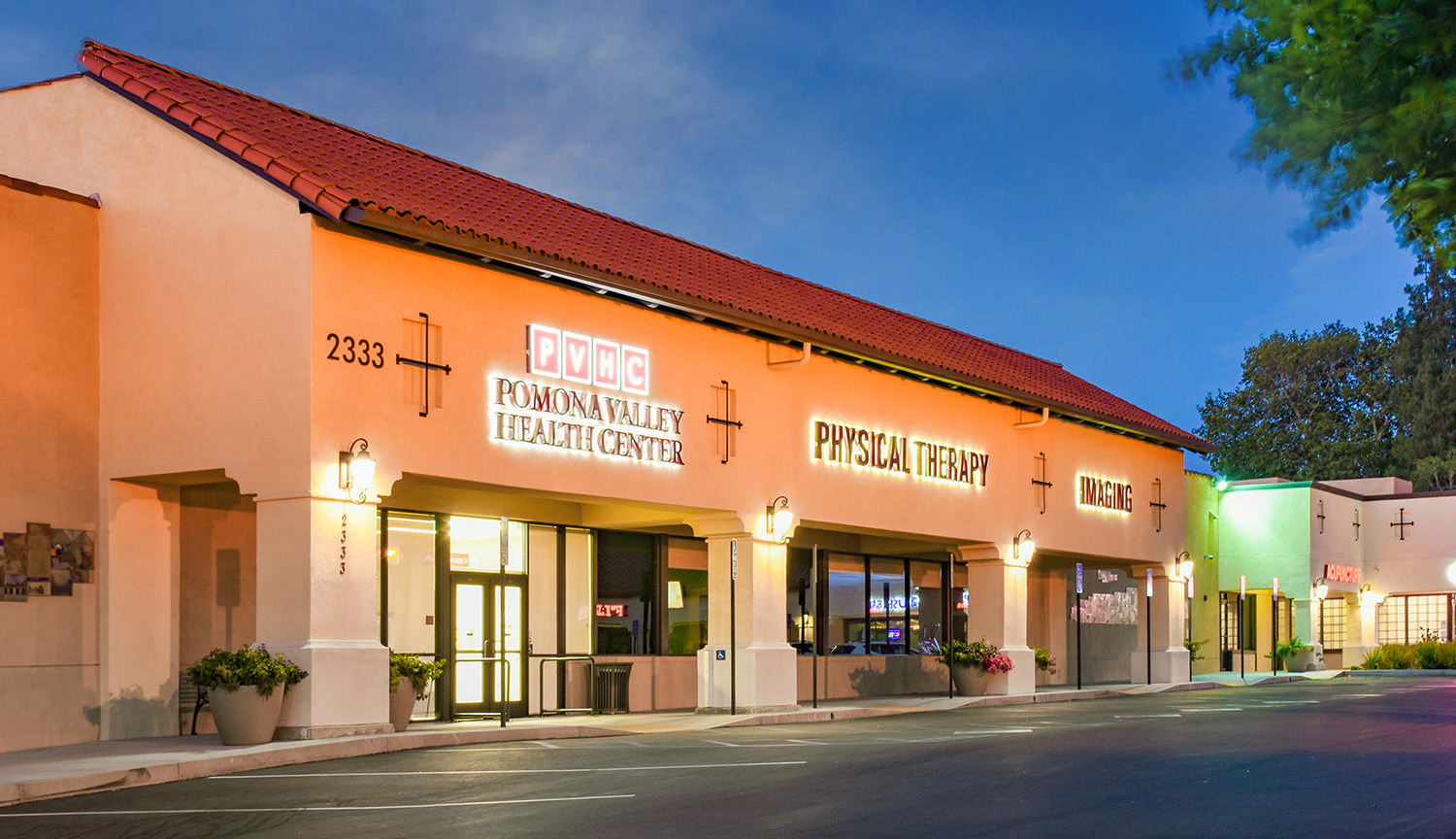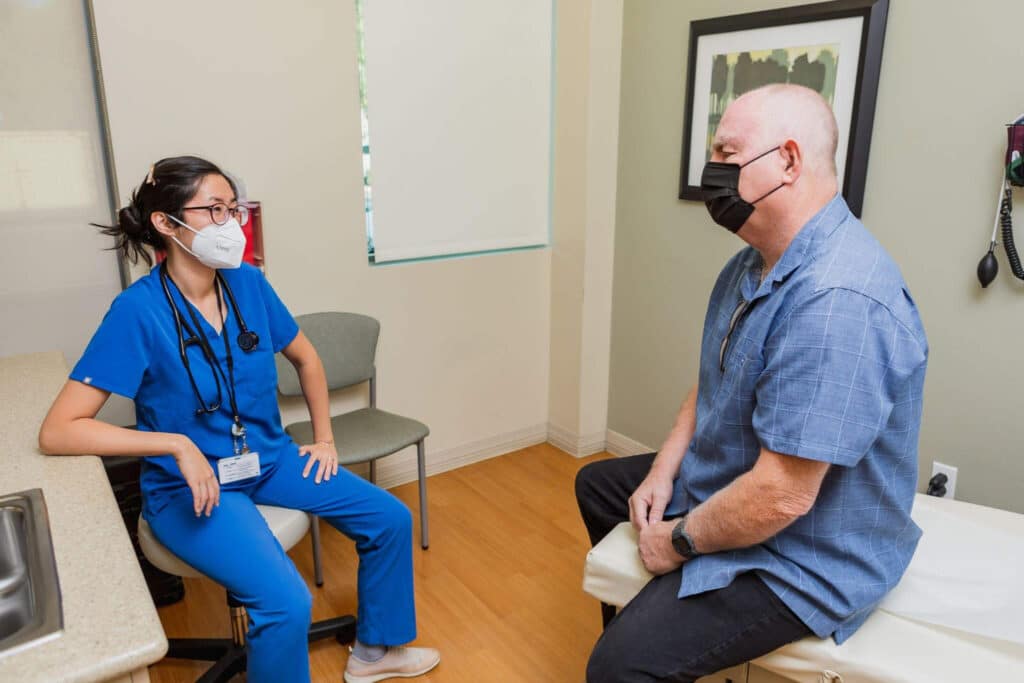
This article has been medically reviewed and approved by Carlos A. Baez, MD.
As we age, our bones change naturally. When we lose too much bone mass quickly, there may be a bigger condition at play. That condition is known as osteoporosis.
According to a recent study from the International Osteoporosis Foundation, 1 in 3 women over the age of 50 and 1 in 5 men will experience osteoporosis-related fractures in their lifetime, making it an all-too-common occurrence.
If you’ve been told that you’re at increased risk of developing osteoporosis due to a family history of the condition, or you seem to be more apt to bone fractures than others, a DEXA scan can help.
This state-of-the-art imaging scan helps you get a better picture of your overall bone health, including how much bone loss you’ve already experienced.
A DEXA scan is similar to a regular x-ray but provides more precise results that can help assess bone mineral density and provide you with the best treatment plan possible for long-term bone health.
Let’s discuss DEXA scans in more detail, including what they are, their purpose and what the results could indicate.
More commonly referred to as a bone density test, a DEXA scan is an advanced, noninvasive imaging test that measures the mineral composition of your bones in certain areas of your body. It is the most optimal way to measure bone loss and assess your risk for osteoporosis.
The DEXA scan uses low levels of x-rays to measure your bones' density. DEXA stands for “dual-energy X-ray absorptiometry.” It is sometimes referred to as a bone densitometry test, or DEXA for short.
The purpose or goal of a DEXA scan is to determine your risk of osteoporosis and bone fractures. It may also monitor whether the treatment you’re receiving for osteoporosis is working efficiently.
Your doctor may order a DEXA scan if you
Getting a DEXA scan is extremely similar to a standard x-ray. A DEXA scan is an outpatient procedure performed in a radiology office. The scan is often performed on your hips and lower spine but can be used to measure bone density on any part of your body.
During a scan, you will lay on a DEXA x-ray table and be positioned appropriately for the scan. As the DEXA machine moves over your body, two different x-ray beams will be used to measure bone density, and imaging will be taken to capture the targeted area.
After the exam, your results will be reviewed by your team of radiologists and doctors and discussed in more detail with you.
DEXA scans are painless and take no longer than 30 minutes to complete.
The result, or score, is known as a T score. It is classified as the standard deviation between your bone loss and the average bone loss standard for your age and sex.
The scores are as follows:
At PVHC, we understand that unexpected changes in your health can be worrisome, especially if they lead to a new and long-term diagnosis.
The good news is that with state-of-the-art radiological care, we can help assess your risk of bone-related conditions like osteoporosis so that you are better prepared to care for yourself through all changes in your health.
If you have a family history of osteoporosis or believe you may be at increased risk of developing bone-related fractures or conditions, our team of experts within our radiology department can help.
Contact us today by calling 909-378-9513 to schedule a consultation or learn more about the DEXA scan and other radiological options available to you.
